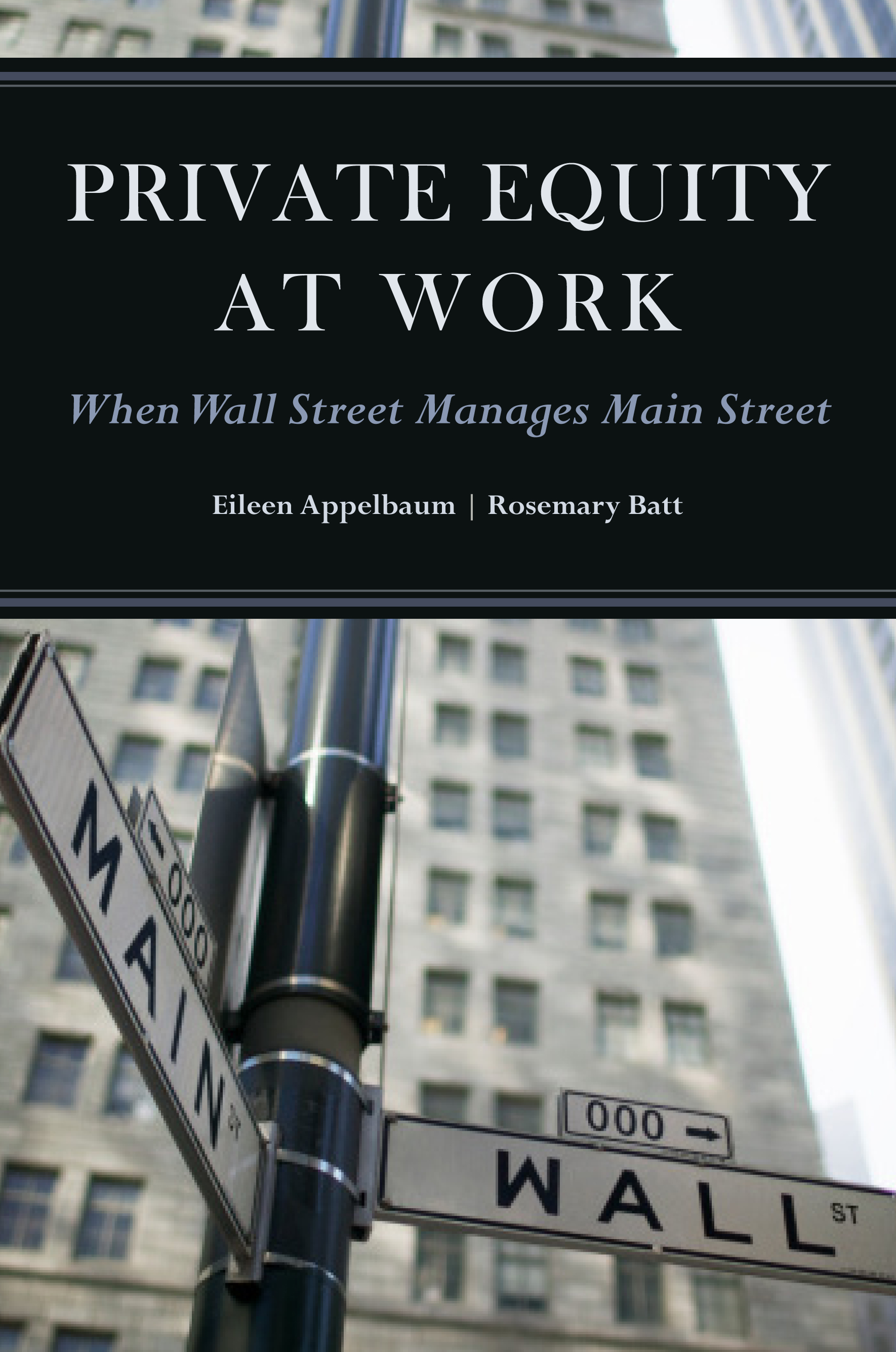
Article Artículo
A Heaping Dose of Economic Nonsense from Thomas Friedman on ChinaDean Baker / May 04, 2014
Article Artículo
Washington Post Can't Even Talk About Alternatives to Patent Support for Prescription Drug ResearchDean Baker / May 04, 2014
Article Artículo
Ucrania podría decepcionarse con Europa si sigue las recetas del FMI y de la Unión EuropeaMark Weisbrot / May 04, 2014
Article Artículo
China as the World’s Largest Economy: What Does it Mean?Mark Weisbrot / May 03, 2014
Article Artículo
Sneak Peek at the New CEPR.netCEPR’s webmaster has been hard at work overhauling and revamping CEPR’s (admittedly outdated) website, and we’re thrilled with the results so far. We wanted to give you an exclusive sneak peek at the new cepr.net (click on the image below), but before we do, we would like to ask you to please make a donation to support this effort, as well as all of our research, analysis, outreach, publications – everything we do.
CEPR and / May 02, 2014
Article Artículo
Richard D. Parsons: Director Watch Director of the Day
Directorships, 2008 - 2012: 5
Total director compensation, 2008 – 2012: $3,572,317
Average annual director compensation, 2008 - 2012: $714,463
Average compensation per full year of service as director: $229,655
Dean Baker / May 02, 2014
Article Artículo
Jobs Flash: April Data Show Sharp Drop in Unemployment as People Leave Labor MarketDean Baker / May 02, 2014
Article Artículo
Low- and Middle Income People’s Living Standards Are Mostly Affected by the Economy and the Policy Decisions that Shape ItShawn Fremstad / May 02, 2014
Article Artículo
Economy Adds 288,000 Jobs in April, Sharp Drop in Labor Force Leads to Plunge in UnemploymentCEPR / May 02, 2014
Article Artículo
Economy Adds 288,000 Jobs in April, Sharp Drop in Labor Force Leads to Plunge in UnemploymentMay 2, 2014 (Jobs Byte)
Dean Baker / May 02, 2014
Article Artículo
How Private Equity Firms Defraud Investors By Extracting ‘Fees’ From Their Portfolio CompaniesEileen Appelbaum / May 02, 2014
Article Artículo
Bill Clinton and the Trade Deficit: Is There Some Reason We Can't Talk About It?Following the NYT, the Washington Post had an article on Bill Clinton's economic legacy today. And like the NYT piece yesterday, the Post did not mention the soaring trade deficit. (See my complaint about the NYT piece here.)
This is not a small matter. The trade deficit was less 1.0 percent of GDP when Clinton took office, it was almost 4.0 percent when he left, and headed upward.This increase would be equivalent to more than $500 billion in today's economy.
And this increase was largely a result of Clinton's policy. His team pushed a high dollar policy and put muscle behind it with the bailout they designed for the East Asian financial crisis. A high dollar leads to a trade deficit in the same way that high meat prices lead to fewer hamburgers being sold. A high dollar makes our goods and services relatively more expensive in the world economy, therefore we sell less of them.
The resulting trade deficit creates a huge hole in demand. For arithmetic fans, demand is equal to consumption, investment, government spending, and net exports:
Y = C+I+G+(X-M)
If we have a big trade deficit then we have to make it up with one of the other components of demand, otherwise we have a shortfall in demand and unemployment. This is not whacko lefty thought, this is the simple economics that is taught in every intro class.
In the 1990s we made up for the trade deficit with the demand generated by the stock bubble. Consumption soared based on the stock wealth effect (people increase their consumption as they see the value of their stockholding increase) and there was also an uptick in investment as the dot.com crew could raise billions for nonsense plans by issuing stock.
Dean Baker / May 02, 2014
Article Artículo
Labor Market Research Reports, April 26 – May 2The following reports on labor market policy were recently released:
CEPR and / May 02, 2014
Article Artículo
Bill Clinton Gave Us a Hugely Over-Valued Dollar and an Exploding Trade DeficitDean Baker / May 01, 2014
Article Artículo
Do People Really Get Paid to Own Television Sets These Days?Dean Baker / May 01, 2014

book Libro
Private Equity at Work: When Wall Street Manages Main StreetEileen Appelbaum / May 01, 2014